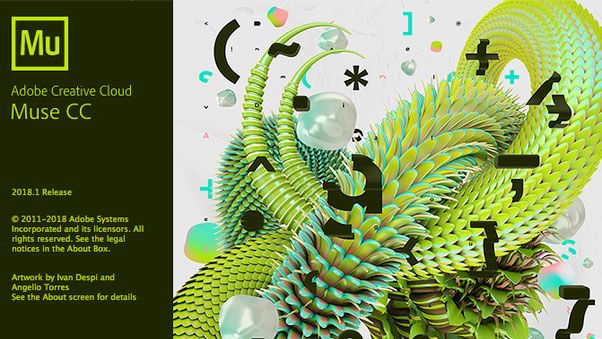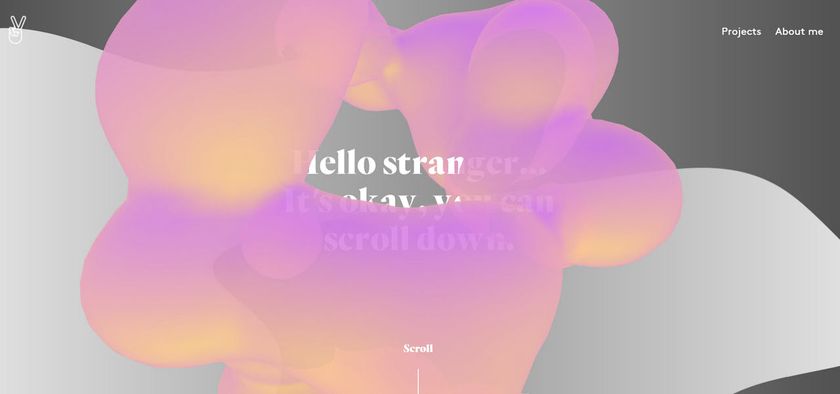The role of psychology as a design tool
Discover why human psychology is missing in the process of user-centred design.

You are probably familiar with the concept of user-centred design (UCD). There are many variations, but the basic elements look like this:
Explore > Design > Test/Iterate/Refine > Deploy
UCD is an invaluable tool that helps us uncover unmet user experience needs and turn these into new design solutions. However, unfolding UCD as it is used by practitioners reveals a striking pattern: science-based knowledge of human behaviour is vague, if not missing altogether.
Instead, the primary focus is on how we can gather information about user needs in the design process and then, in iterative user testing loops, refine the design concepts until they are ready for deployment. Is essence, the human part of technological development is pretty much a black box.
UDC and HCD
I find it useful to analytically differentiate between a user- and a human-centred design (HCD) approach to product development. UCD is what I call a process-based discipline, rooted in anthropological and ethnographic methodology. HCD is an expert-based discipline rooted in knowledge of human psychology.
This distinction is not absolute, but it helps communicate a critical point: UCD does not directly utilise the vast amount of knowledge we have accumulated about humans; knowledge that could have a big impact on design solutions and provide a foundation for innovation.
To give an example of an area where HCD could impact on design: one of the most powerful memory mechanisms we have is memory for location in a spatial layout. Developments like responsive GUIs, despite delivering wonderful new features, cut off this mechanism.
Get the Creative Bloq Newsletter
Daily design news, reviews, how-tos and more, as picked by the editors.
For some UCD practitioners, the human side is addressed implicitly through their general knowledge. However, we need this aspect to be more explicitly present. Without formal HCD knowledge present in the development process, we can only address the human side through the test-iterate loop. This is too uncertain, and valuable insights about humans are certain to be overlooked and lost.
Thus, often teams will fit products to ‘the user’ rather than to humans, which means we end up with products that generate friction in daily use and burden users unnecessarily. Furthermore, great solutions are only explored by chance and intuition, rather than directly guided by knowledge.
Missing insights
So why is the human side so underrepresented in product development? In my experience, it has to do with the inability of psychology to deliver concrete answers in a pragmatic fashion. UCD has a host of really useful tools that help gather, structure and present user insights.
HCD has little to offer apart from a handful of relatively abstract design heuristics that often don’t connect with the issue at hand – or are so specific that they have limited applicability. The scope of heuristics may be too narrow and the gulf between psychological theory and practical use too big. Fortunately, over recent years this gulf has started to disappear.
A new paradigm
Cognitive psychology has undergone a revolution in the past 30 years, and a new theoretical paradigm has emerged. Rather than focus on the most intellectual learnings (and their limitations) we now have an elaborate understanding of the basic cognitive skills that form the basis of everyday behaviour. From this shift has emerged a more consistent view of human behaviour that can be integrated into the design heuristics we already use, as well as providing new guidelines to extend and supplement UCD.
You may have read Thinking Fast and Slow by Daniel Kahnemann. The book introduces the dual-process theory that basically states that people have two kinds of mental resources that underlie our behaviour: A basic System 1 and an advanced, intellectual System 2.
Without formal HCD knowledge present in the development process, we can only address the human side through the test-iterate loop. This is too uncertain, and valuable insights about humans are certain to be overlooked and lost.
UCD is suited to tapping into the higher-level System 2 behavioural functions, where we explore what people verbally report about their conscious thoughts and needs. HCD is geared towards helping us understand what goes on down in the System 1 engine room of our behavioural thought processes.
System 1 is immensely desirable from a design perspective – technology becomes truly intuitive when it fits System 1. Furthermore, when it comes to System 1, all humans are the same, regardless of age, culture or language. In essence we can make universal design when we consider System 1.
In practice
A favourite test of mine is the squint test. In this, the tester looks at a design through squinted eyes to reveal the macrostructures as they appear in our peripheral vision (which is actually 96-98 per cent of our visual field). Peripheral vision taps into System 1, whereas focal vision taps into System 2. Peripheral vision cannot appreciate fine details of text, icons and symbols; only relatively coarse structures.
The natural world has both, and as we casually navigate around in it we rarely need focal vision – only the occasional road sign or bus number might require a bit of focus. In GUIs, however, there is a huge bias towards content and meaning only being conveyed with fine, high-resolution details. The macrostructures present tend to be more related to styling than function.
Contemporary GUIs often do not provide support for peripheral vision – if you squint, you see few meaningful macrostructures. Only by conscious, focused inspection of the GUI does it makes sense. Hereby access to the vast System 1 resource all humans share is wasted.
A good way to design macro-level information that our System 1 can appreciate can be found in the legacy of Walt Disney’s animation principles. These were later promoted by Pixar’s John Lasseter and eventually found their way found into GUIs thanks to Steve Jobs and his tight connection to Pixar. You might also consider movie editing principles as an inspiration for how to design for immediate understanding.
Finally, word of caution: do not ask users to think aloud in user tests. When we ask people to verbalise what they do, we risk moving into the realm of System 2, and obscuring how well your design connects with the desirable properties of basic System 1 processes. A better approach is to ask users to verbalise their thought processes afterwards, while seeing a video recording of their own interaction.
HCD toolbox
This article only explores a small preview of the insights on offer. There is plenty to learn, no matter what product you’re working on.
The gap between theoretical psychology and practical applicability to product development is closing up. Any product development team should therefore have access to these insights to help guide their design decisions. It can be in the form of a trained psychologist, or, even better, having your design team connect with our HCD toolbox.
This article was originally published in net magazine issue 282. Buy it here.

Thank you for reading 5 articles this month* Join now for unlimited access
Enjoy your first month for just £1 / $1 / €1
*Read 5 free articles per month without a subscription

Join now for unlimited access
Try first month for just £1 / $1 / €1












